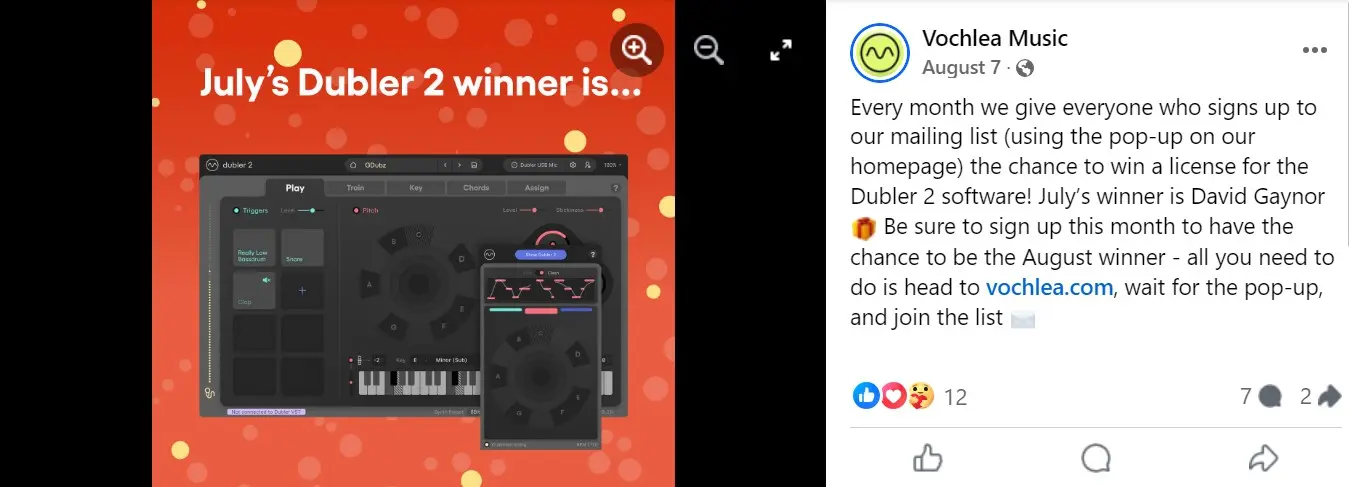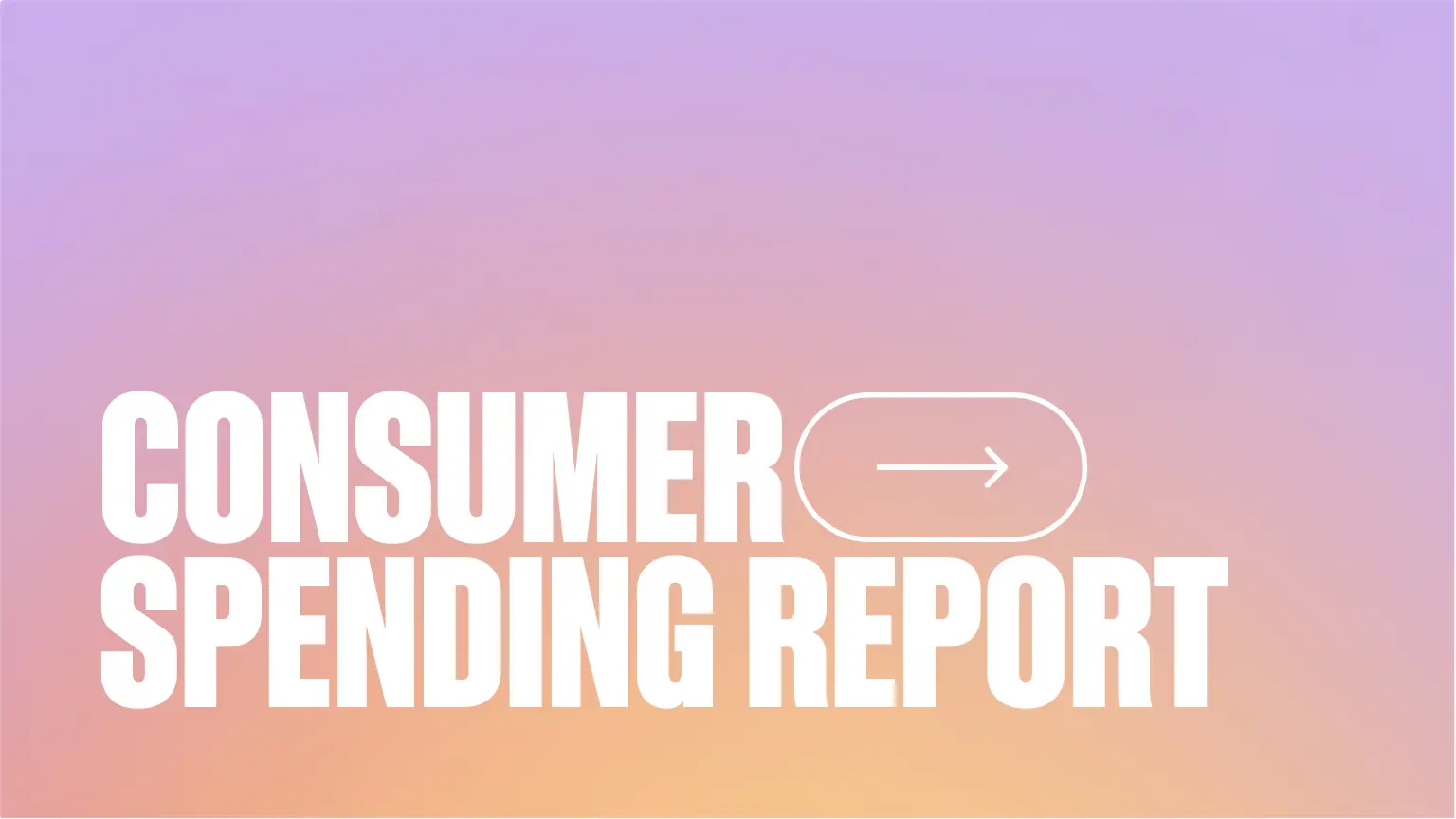How to integrate Facebook with email marketing for ultimate list-building power
Facebook ads are great for getting eyes on your brand, but turning that attention into sales? That’s where things can get tricky.
It’s a tale as old as time: you’ve just launched a new Facebook ad for your online store. The reach is great, people are clicking, but when you take a look at your sales numbers, there’s no noticeable jump.
It’s a common challenge with social media ads—they generate interest, but they don’t always convert to revenue.
This is where email marketing can step in to help. Facebook is excellent for getting people through the door, but email is where you build lasting relationships.
So why not use Facebook to build your email list? Klaviyo’s integration with Meta makes it easy to implement the ideas below and sync data directly back into Klaviyo. You can then use that data to retarget customers or build dedicated nurture streams to introduce your brand and move prospects closer to first or second purchase.
Below are 7 different tactics ecommerce brands have successfully used to grow their list through Facebook.
1. Drive sign-ups with ad-specific landing pages
If your Facebook ad sparks someone’s interest at the awareness stage, they’re likely keen to learn how your product can help solve a problem for them. To move people toward the consideration stage, you’ll need to create a cohesive experience across the ad to the sign-up experience.
Say you’re running an ad for a jewelry product bundle. Create a specialty product page, also called a landing page, specifically for the ads you’re running, with similar graphics and copy.
When someone clicks through and starts browsing the product page, use a pop-up to ask for a sign-up at that moment and offer them a small discount in exchange for their email address.
Finally, make sure these pages are optimized for mobile. Most Facebook users are using the social platform on their phones, so mobile optimization is critical to maintaining a great user experience from ad to landing page.
2. Run ads that collect email addresses on Facebook
Facebook’s lead generation ad format is designed to encourage sign-ups directly on the platform. This means potential customers can enter their email addresses without leaving Facebook, which makes the sign-up process quick and easy.
Here, see how cosmetics brand Fruit Works runs a Facebook ad offering free product samples for a sign-up, making it simple for a Facebook user to enter directly from the ad.

Image source: Fruit Works Facebook
When someone signs up this way, their information is gathered in the “publishing tools” section of your Facebook page. From there, you can import those email addresses into your mailing list. You can also add a few questions to the sign-up form to learn more about your new subscribers’ preferences, which can be useful for personalizing your email communications later.
If you’re using Klaviyo and have integrated with Facebook, then your lead ads will sync within Klaviyo in real time.
3. Add a sign-up CTA button to your Facebook page
This simple yet effective call to action (CTA) invites new visitors and existing followers to subscribe for exclusive offers and updates—all from your Facebook page.
Take a look at the sign-up button loungewear brand Pair of Thieves features on their Facebook page. Clicking this button leads visitors to a landing page that showcases the brand’s products and offers a 25% discount for signing up.

Source: Pair of Thieves Facebook
4. Use a Facebook giveaway to encourage email sign-ups
Facebook giveaways can be a fantastic way to engage your audience and build your email list at the same time. Just take it from Thumbs Cookies.
Here, see how the brand celebrates National Iced Tea Day with a giveaway partnership, offering a 12-pack of iced tea from Jinx Tea along with 4 boxes of cookies. The rules of the giveaway are simple: to enter, participants need to follow both pages, like their giveaway posts on Facebook and Instagram, and tag friends in comments. But what stands out here is the brand’s requirement for a bonus entry—signing up for their email list.

Source: Thumbs Cookies Facebook
5. Create benefit-driven posts that encourage sign-ups
Sometimes simple Facebook posts can catch people at the right time with the right benefits to encourage a sign-up. Here are a few tips for creating these kinds of posts:
- Call out what people will gain from signing up—maybe early access to sales or helpful tips—and make sure to include a link to your sign-up form.
- Share educational content from past newsletters to show what subscribers can expect to learn by signing up.
- Tempt people with a special offer, like a gift or discount, to sweeten the deal and encourage more sign-ups.
Here, see how Vochlea Music uses a Facebook post to invite their audience to join their mailing list, offering the chance to win a license for their Dubler 2 software as an incentive. This approach engages the brand’s audience and gives them a clear reason to subscribe by highlighting the exciting opportunities that come with joining the brand’s community.

Source: Vochlea Music Facebook
6. Ask followers to sign up for your mailing list in Facebook Live sessions
Hosting Facebook Live events is a smart way for brands to connect with their audience directly—and it’s the perfect chance to ask for a sign-up in a personal way.
Here are some way you can work in a sign-up request into your Facebook Live sessions:
During a Q&A session with your viewers, you can casually say, “It’s great to see all your comments! We love hearing from you, and if you want even more tips like this, we share them in our newsletter.”
Use live sessions to demonstrate how your products work and what makes them special. As you’re demonstrating, say something like, “If you enjoyed this demo, we dive deeper into topics like this in our newsletter.”
While asking for opinions on your product, you could say something like, “We’d love to know what you think! Your feedback helps us improve, and we share community highlights in our newsletter—feel free to join us.”
Your live event can create excitement and urgency through special offers or links to product pages. For example, you might say, “We have an exclusive deal for everyone watching today! If you’re interested, we’ll drop the link in the comments. Plus, if you want to be the first to know about future deals like this, our newsletter is a great way to stay in the loop.”
7. Target product page browsers with Facebook retargeting ads
Let’s say someone lands on your website after seeing your Facebook ad, browses through a few products, but leaves without signing up for your email list. Facebook retargeting ads are what can help bring them back.
When you add a Meta Pixel—a small piece of code—to your website, it quietly tracks visitors who browse your site. This tool is like a friendly reminder—once someone leaves your website, the pixel lets Facebook know, so you can show those visitors a reminder ad on their Facebook feed.
Cargo Crew is a great real-world example of how this works in action. The modern workwear brand used Facebook retargeting ads to reach recent buyers. They didn’t just promote more products—they shared helpful care guides specific to what customers had already purchased. This approach contributed to a 29.9x return on ad spend (ROAS).
You can easily set this up using audience segments in Klaviyo, and even leverage cohort analysis within Klaviyo’s CDP to understand how effective these ads are at converting subscribers.
8. Use look-a-like audiences to find new customers
One of the biggest benefits of integrating Facebook with your email marketing tool like Klaviyo is using your first-party data to target potential new customers.
For instance, in Klaviyo, you can create a value-based segment to find more customers who will drive long-term revenue with your brand. One of those segments is based on customer lifetime value, or the amount of money a customer will spend with your brand over time.
Using this audience segment within Klaviyo and applying it to a look-a-like audience in Facebook will get you in front of more consumers who act like your most profitable customers.
Make the most of Meta ads by integrating Facebook and email marketing
Growing your email list is just the beginning. Turning those subscribers into loyal customers is where the real magic happens.
Combining Facebook advertising with the power of email marketing empowers you to engage with customers wherever they are—whether they’re scrolling through their Facebook feed or checking their inbox.
Klaviyo can help you find new customers who will love what you offer, retarget those who are still deciding, and win back those who may have forgotten about you. With Klaviyo’s lookalike audience builder, you can target the right people based on real-time data, making sure your Facebook ads are actually relevant to what they’re interested in.




